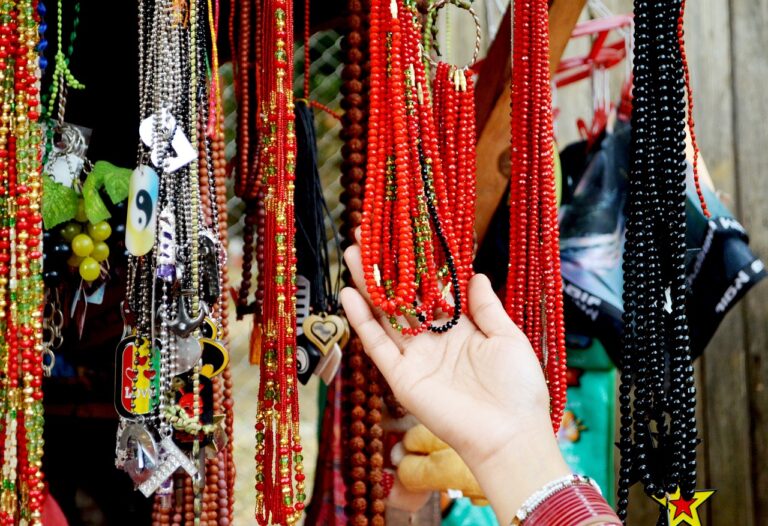Fashion and Cultural Identity: Traditional Clothing as a Symbol of Heritage
Traditional clothing plays a vital role in preserving the cultural heritage of a community. It serves as a visual representation of the values, beliefs, and traditions that have been passed down through generations. The intricate designs, patterns, and materials used in traditional clothing often hold symbolic meaning, reflecting the history and identity of a particular culture.
By wearing traditional clothing, individuals not only express pride in their heritage but also contribute to the preservation and promotion of their cultural identity. Traditional garments serve as a link to the past, connecting present generations with their ancestors and the customs that define their way of life. Through the continued practice of wearing traditional attire, communities can ensure that their rich cultural heritage remains alive and relevant in an ever-changing world.
The Evolution of Traditional Clothing Styles Over Time
Traditional clothing styles have undergone significant transformations throughout history, reflecting the societal, cultural, and technological changes of their time. From ancient civilizations to modern societies, clothing has served as a symbol of identity, status, and traditions. The evolution of traditional clothing is a dynamic process that is influenced by factors such as globalization, migration, and changing fashion trends.
In earlier periods, traditional clothing was primarily designed for practicality and function, with materials often sourced from the local environment. As societies developed and trade routes expanded, traditional clothing styles began to incorporate influences from other cultures, leading to the rich diversity of designs we see today. The evolution of traditional clothing styles over time highlights the resilience and adaptability of cultures in preserving their heritage while embracing innovation.
Why is traditional clothing important in preserving cultural heritage?
Traditional clothing plays a vital role in preserving cultural heritage as it reflects the unique history, customs, and values of a particular community or society.
How has traditional clothing evolved over time?
Traditional clothing styles have evolved over time due to various factors such as changes in fashion trends, technological advancements, and cultural influences from other regions.
What are some examples of traditional clothing styles that have undergone significant changes over the years?
Examples of traditional clothing styles that have evolved over time include the kimono in Japan, the saree in India, and the hanbok in Korea.
How do modern influences impact the evolution of traditional clothing styles?
Modern influences such as globalization, mass production, and pop culture have had a significant impact on the evolution of traditional clothing styles, leading to the adaptation of new materials, designs, and techniques.
What are some ways in which traditional clothing is being preserved in today’s society?
Traditional clothing is being preserved in today’s society through cultural institutions, museums, cultural festivals, and the efforts of artisans and designers who continue to create and promote traditional garments.





